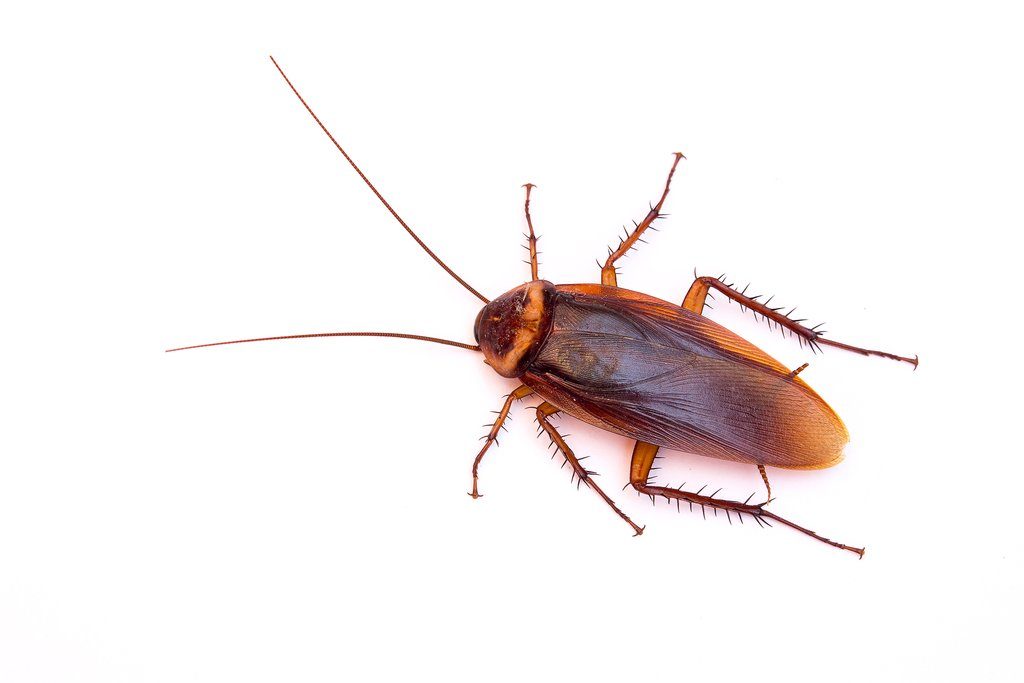The most common and known technique today is chemical control which can be done by highly trained contractors. Pesticides are very effective and essential products for pest control, especially when the harmful agent is already present in the crop.
For this reason, several alternative ways to control the spread of crop pests have been developed and applied in the field to complement the use of pesticides, bringing encouraging results for farmers.
What alternative methods can help in pest control?
- New Application Technologies
When spraying, it is challenging to be able to deposit the entire product only on the target. Often, part of the pesticide is lost due to drift, evaporation, or reaching an unwanted surface. This reduces the amount of product on the target.
The technologies that come onboard agricultural equipment have the initial objective of improving and making the application of pesticides more efficient, reducing losses as much as possible, and dosing the
- Biological Control
Biological control is the use of natural enemies to control agricultural pests. These beneficial organisms can be insects, predators, or even microorganisms (such as bacteria and fungi).
They are not harmful to health or the environment and do not leave residues in the crop. Using a type of biological control, the producer can postpone applying pesticides since a reasonable proportionality between populations of beneficial insects and pests is achieved – this means that less interventions will be needed.
- Crop Rotation
When the same crop is produced repeatedly in the same location (monoculture), it is common for the occurrence and quantity of pests and diseases to increase. On the other hand, crop rotation prevents the fixation and multiplication of a disease.
Through this agricultural technique, the farmer can plan to alternate the types of vegetables grown on the ground. In addition to controlling pests, the practice also helps preserve the good physical and biochemical conditions of the soil, replenish organic matter and facilitate fertilization.




